Nikolai Skorobogatko
HyperNets and their application to learning spatial transformations
Jul 12, 2018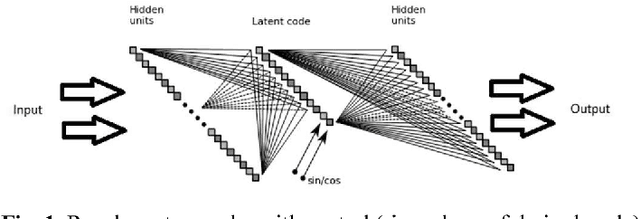

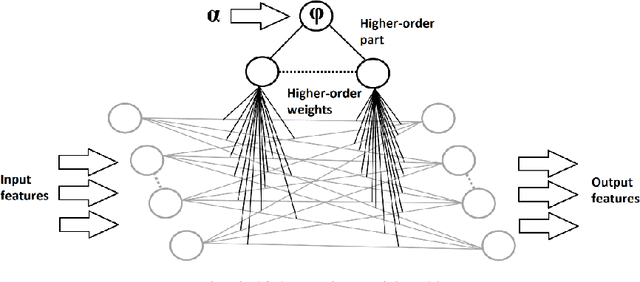

Abstract:In this paper we propose a conceptual framework for higher-order artificial neural networks. The idea of higher-order networks arises naturally when a model is required to learn some group of transformations, every element of which is well-approximated by a traditional feedforward network. Thus the group as a whole can be represented as a hyper network. One of typical examples of such groups is spatial transformations. We show that the proposed framework, which we call HyperNets, is able to deal with at least two basic spatial transformations of images: rotation and affine transformation. We show that HyperNets are able not only to generalize rotation and affine transformation, but also to compensate the rotation of images bringing them into canonical forms.
Vision System for AGI: Problems and Directions
Jul 10, 2018Abstract:What frameworks and architectures are necessary to create a vision system for AGI? In this paper, we propose a formal model that states the task of perception within AGI. We show the role of discriminative and generative models in achieving efficient and general solution of this task, thus specifying the task in more detail. We discuss some existing generative and discriminative models and demonstrate their insufficiency for our purposes. Finally, we discuss some architectural dilemmas and open questions.
Semantic Image Retrieval by Uniting Deep Neural Networks and Cognitive Architectures
Jun 14, 2018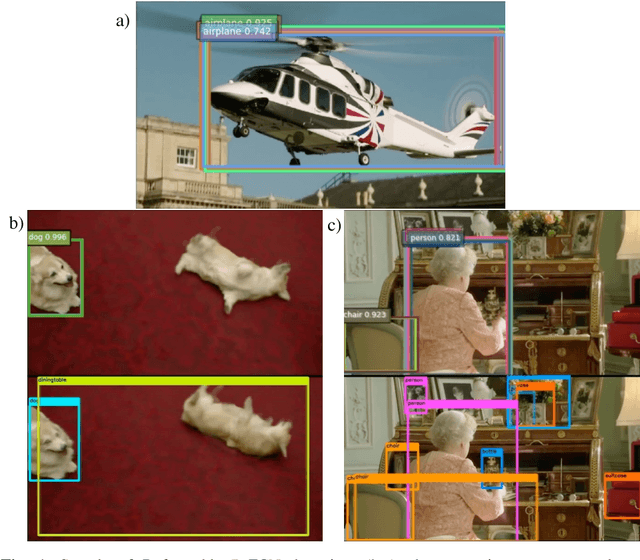
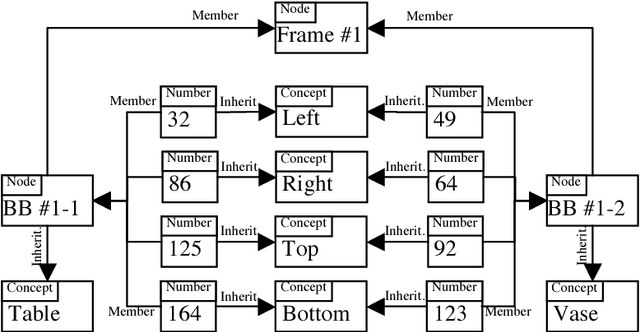
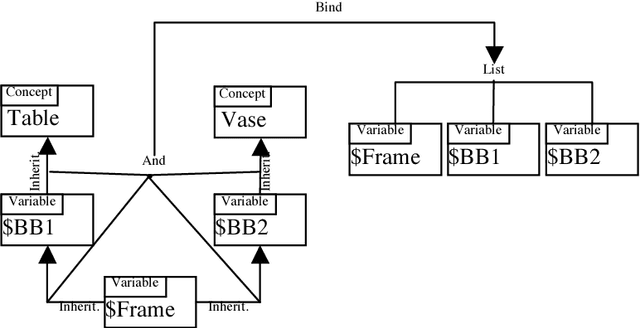
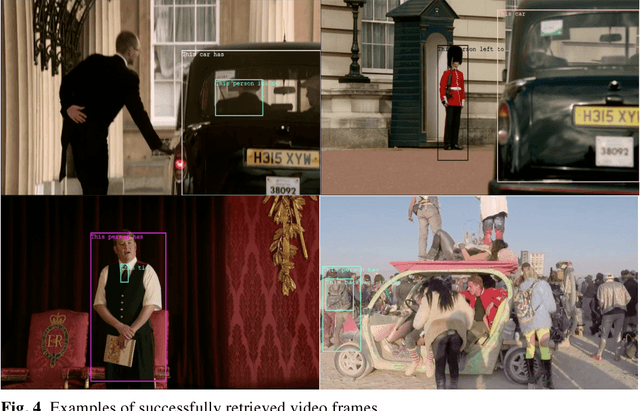
Abstract:Image and video retrieval by their semantic content has been an important and challenging task for years, because it ultimately requires bridging the symbolic/subsymbolic gap. Recent successes in deep learning enabled detection of objects belonging to many classes greatly outperforming traditional computer vision techniques. However, deep learning solutions capable of executing retrieval queries are still not available. We propose a hybrid solution consisting of a deep neural network for object detection and a cognitive architecture for query execution. Specifically, we use YOLOv2 and OpenCog. Queries allowing the retrieval of video frames containing objects of specified classes and specified spatial arrangement are implemented.
 Add to Chrome
Add to Chrome Add to Firefox
Add to Firefox Add to Edge
Add to Edge